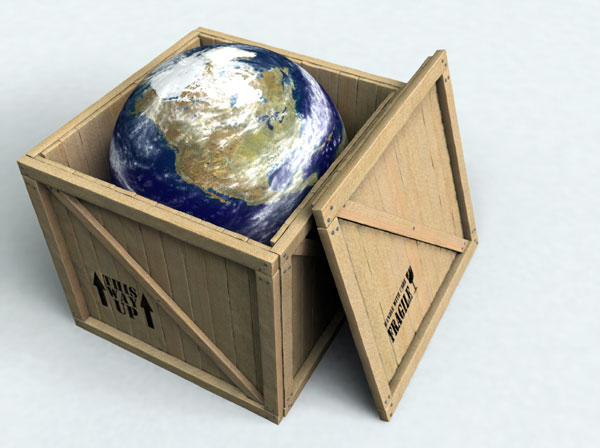
So, you’re thumbing through a magazine and see an article for an innovative green building material. The author touts the environmental friendliness of the product, and the entire article is dotted with the word “green.” A visit to the product website shows you similar claims of a truly green product.
But is it really? How can you be sure?
You now have a good alternative to simply trusting the claims of the website. The ICC Evaluation Service (ICC-ES), a subsidiary of the International Code Council (ICC), has launched a program to help you evaluate whether a product or material you are considering lives up to the claims made by the manufacturer.
Sustainable Attributes Verification and Evaluation (SAVE)
is a voluntary program that aims to independently verify sustainability through assessment of the product against current standards and guidelines, an inspection of the manufacturer’s production process, and product testing at recognized laboratories.
The resulting “Verification of Attributes Report” (VAR) includes technically accurate product information and is especially useful to those seeking points through one of several voluntary compliance programs, such as the USGBC’s LEED for Homes, the ICC 700 or Southface’s EarthCraft. The VAR certification could even help earn points in local green-building programs.
Check the SAVE program’s web-based directory
for a list of products that have already been evaluated.
Weekly Newsletter
Get building science and energy efficiency advice, plus special offers, in your inbox.













2 Comments
Great for data integrity, but not so good for know what's green?
This is a interesting program that should help validate manufacturer claims. But that's also it's weakness, in that it lets manufacturers choose which claims they want validated. If a company gets ICC to certify a claim that isn't all that significant, it could be used to produce more greenwashing rather than less.
This is not a problem for those seeking independent validation of claims specifically to conform with rating systems or certification programs, because those programs dictate the what claim to evaluate. So this program should be a great help in that setting. It will be interesting to see how all this evolves.
Falling through some pretty big cracks
SAVE has so far (unless I'm missing something) a total of two products they have reports on. Even if they had hundreds, it's still a voluntary program. I'm inundated on a regular basis by manufacturers and sales reps showing me products they think should be included in our presentations and criteria in our green building program. One artificial turf company (plastic grass on a woven plastic mat) made a huge deal about their product being green because one of the components used in their plastic was soybean based!
Being able to determine green from greenwash is very challenging especially for local green building programs to determine especially in the absence of comprehensive guidelines at the national level. We'll certainly watch the efforts made by ICC's SAVE program as well as with other similar attempts to address this challenge.
Log in or create an account to post a comment.
Sign up Log in